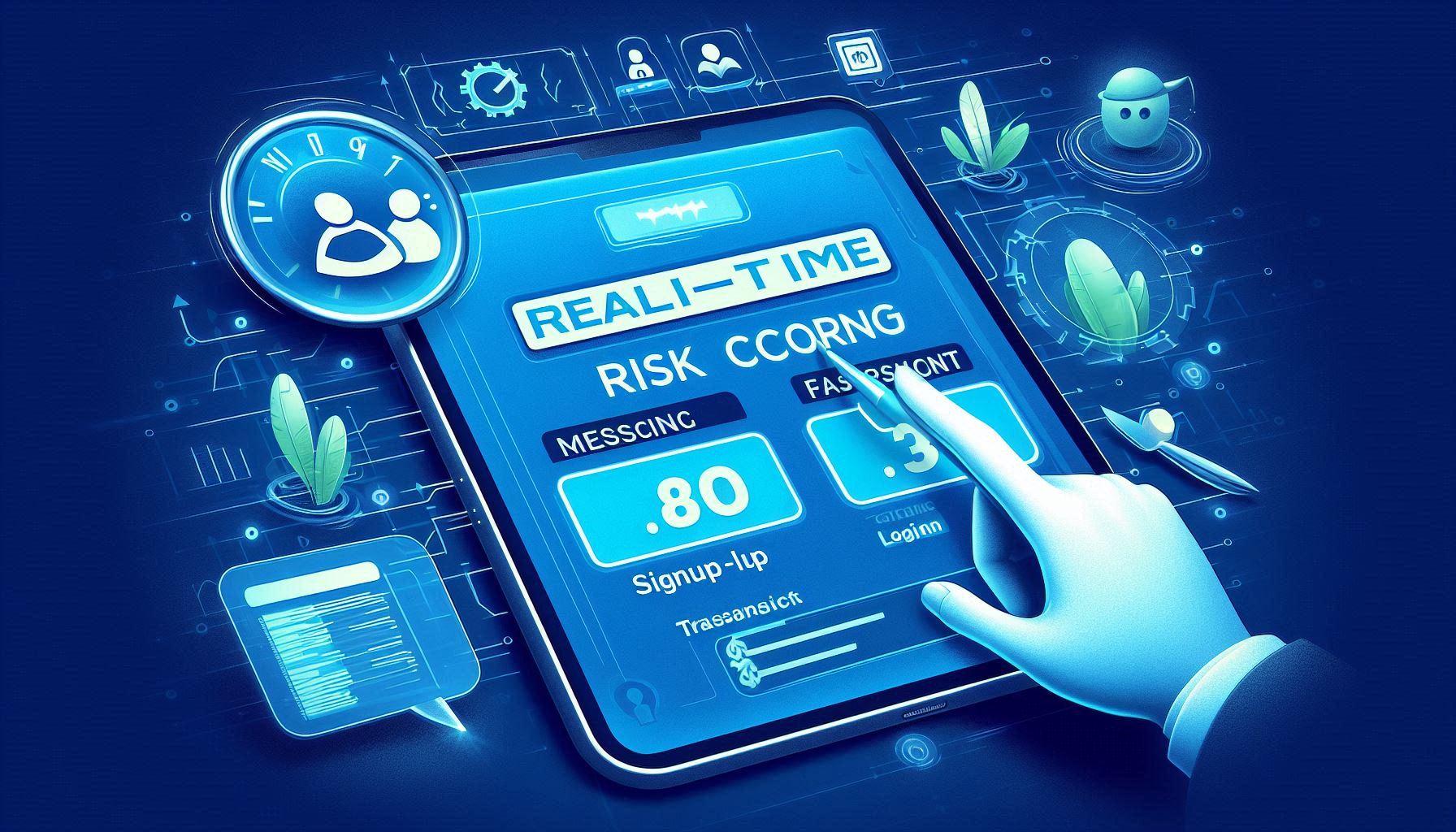
Real-Time Risk Scoring: A Smarter Way to Assess User Trust
OnSefy Team
May 25, 2025
Trust is the foundation of any successful digital platform—but trust isn’t built blindly. Whether you run a SaaS tool, e-commerce site, or fintech app, knowing who’s on the other end of the screen is critical.
That’s where real-time risk scoring steps in: a powerful method for dynamically evaluating user behavior and identifying potential fraud before it happens.
What is Real-Time Risk Scoring?
Real-time risk scoring is the process of assigning a numerical score to a user action—such as a signup, login, or transaction—based on the likelihood that it’s malicious or trustworthy.
This score is calculated instantly using a combination of behavioral signals, metadata, and AI-driven pattern recognition.
🧠 Think of it as a digital credit score—but for trustworthiness instead of finances.
Why Static Rules No Longer Work
Traditional fraud prevention relies on hardcoded rules:
- Block users from certain countries
- Flag email addresses from suspicious domains
- Limit login attempts per hour
While these rules have value, they often miss context. Fraudsters adapt quickly—and rigid systems can’t keep up.
Real-time risk scoring solves this by:
- ✅ Adapting to new patterns in real time
- ✅ Weighing multiple risk factors holistically
- ✅ Avoiding false positives that frustrate real users
- ✅ Providing confidence levels for smarter decision-making
Signals That Power a Risk Score
A modern risk score takes into account a wide range of real-time data points, such as:
- Email reputation (e.g., is it disposable or trustworthy?)
- IP address analysis (geolocation, proxy/VPN detection, known blacklists)
- Device fingerprinting (consistency and uniqueness of the device)
- User-agent patterns (bots vs. real browsers)
- Behavioral metrics (velocity, typing patterns, anomaly detection)
- Phone number type and carrier risk
Each of these signals contributes to a composite score that reflects the overall trust level of the interaction.
How Businesses Use Risk Scores
Real-time risk scoring isn’t just for blocking fraud—it’s a decision intelligence tool. Businesses use it to:
- Approve or deny signups based on trust level
- Route high-risk users to manual review
- Trigger additional verification steps (e.g., CAPTCHA or OTP)
- Segment traffic for personalized experiences
- Detect compromised accounts or account sharing
Benefits of a Real-Time Risk Approach
Here’s what makes this approach more powerful than traditional filters:
1. Precision Without Friction
Score-based decisions allow you to keep things seamless for real users while catching risky activity quietly in the background.
2. Continuous Learning
As fraud tactics evolve, risk scoring systems can adjust automatically, improving detection without manual updates.
3. Actionable Insights
Risk scores aren’t black boxes. They provide transparency into why a user was flagged—so you can investigate or fine-tune policies.
4. Scalable Trust
Whether you’re onboarding 100 users a day or 100,000, real-time risk scoring scales instantly with your growth.
Building a Safer Digital Ecosystem
In a world of bots, bad actors, and synthetic identities, businesses need more than just username and password fields to ensure safety.
Real-time risk scoring gives you a deeper lens into who your users really are—and helps you build trust without sacrificing speed or user experience.
Ready to level up your fraud prevention strategy?
Learn how OnSefy delivers real-time risk scoring to help you assess user trust, reduce fraud, and grow with confidence.